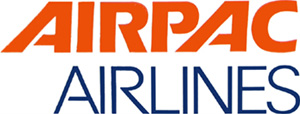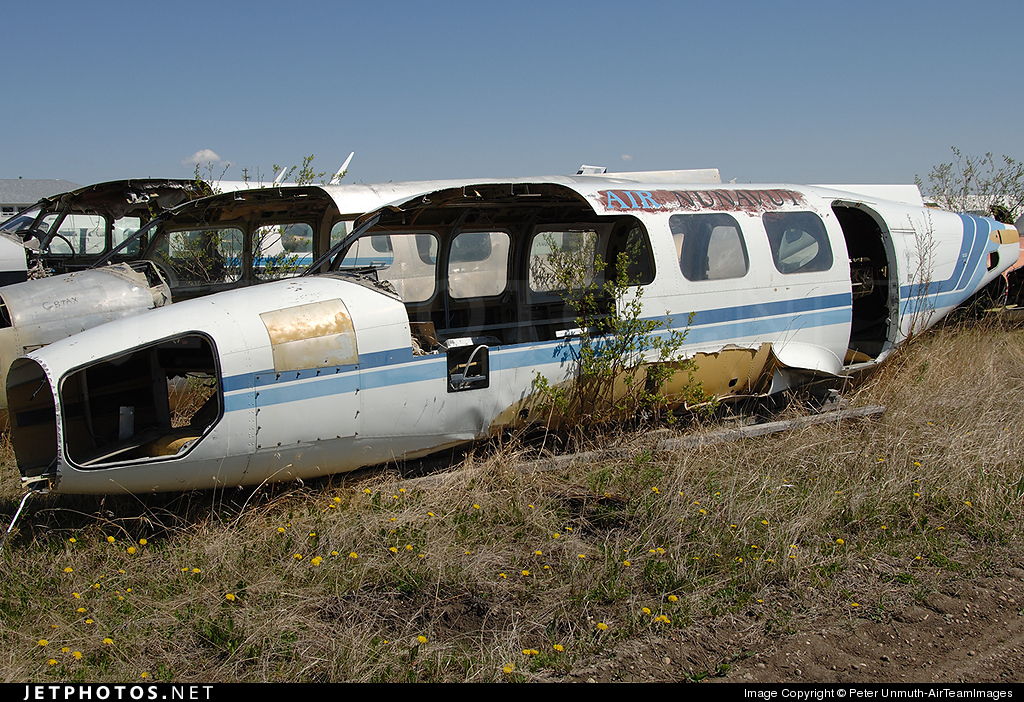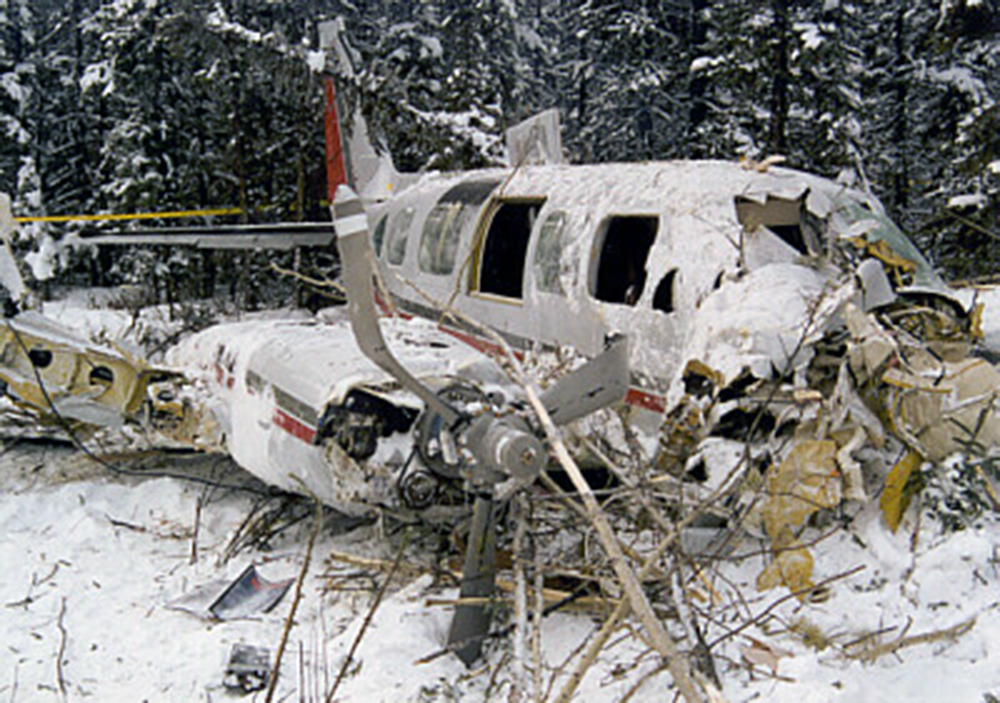Crash of a Piper PA-31-350 Navajo Chieftain in Ravenna
Date & Time:
Oct 8, 1998 at 0255 LT
Registration:
N3543A
Survivors:
Yes
Schedule:
Detroit – Ravenna
MSN:
31-7952242
YOM:
1979
Crew on board:
1
Crew fatalities:
Pax on board:
0
Pax fatalities:
Other fatalities:
Total fatalities:
0
Captain / Total hours on type:
80.00
Aircraft flight hours:
10112
Circumstances:
The pilot departed on a night multiple-leg flight series with full tanks. On approach for the second landing, the green landing gear lights extinguished. The pilot discovered that if the landing gear was extended the circuit breaker would stay in and if the landing gear was retracted the circuit breaker would pop. The circuit breaker controlled the landing gear lights, the engine oil pressure, and both fuel quantity gauges. The pilot continued on four additional flights in that condition. The fourth flight terminated 5 miles from the runway with a double power loss. Examination revealed the fuel tanks were empty. The pilot had flown the airplane 4.3 hours including 6 takeoffs, one missed approach, and a 20 minute ground run prior to departure with both engines running on the final flight.
Probable cause:
The pilot's improper decision to continue to operate the airplane with inoperative equipment which resulted in fuel exhaustion. Factors were the inoperative fuel quantity gauges, and the night conditions.
Final Report:





